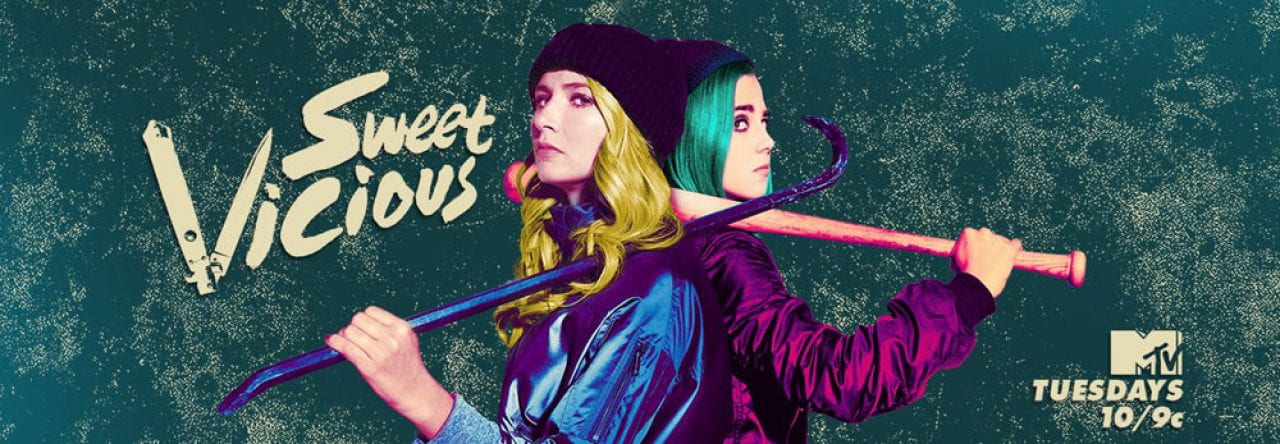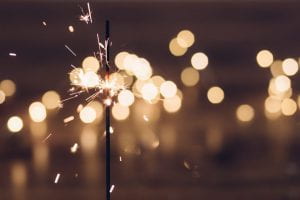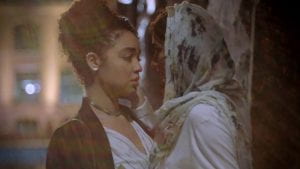After watching many episodes of “Fresh off the Boat,” it’s still hard to decide if there any elements of its cinematography that distinguish it from its counterparts. For the most part, the show follows similar shoot patterns as other ABC comedy shows (except for “Modern Family,” which mostly uses shaky shots to simulate a reality show). Conversations are shot with quick cuts between the talking characters, and with most of the show being conversations, we rarely see any continuous shots. For a show that is so unique, it’s a shame that its editing is essentially a carbon copy of its channel-mates.
The use of color, however, is a bit more interesting. Most of the show is filmed in well-diffused daylight. The walls are always a pastel color, and this combination of color and light create a constant “warm” feel to the scenes. This mundane warmth could be representative of their new, cookie-cutter life in the American suburbs. It could also represent their new comfortable lifestyle thanks to the restaurant’s success. Another interesting color scheme difference in the show is not quite related to cinematography but is still interesting enough to be noted: clothing. Throughout the show, the white women in the neighborhood are always shown wearing brightly colored clothing with very unique patterns, a trademark of the early 1990s. In contrast, we see that Jessica almost always wears plain, light-colored clothes. This is likely a note of the cultural difference between the two parties; a direct symbol of the Huang family’s conservative values. It also shows that in spite of how well the Huangs have immersed themselves in their surroundings, they still remain different and not entirely a part of the community yet. This is especially apparent in S2E2 (my current episode), during which the neighborhood women (Honey included) make several more appearances alongside the Huangs than a typical episode.

Note how Jessica stands out from her neighbors. A clear example of color scheme differences used in the show.
I am far from a cinematography expert, so it’s safe to say that I am missing something, but as far I can see, “Fresh off the Boat” does not attempt to be unique in terms of cinematography. I believe the show-makers are aware that a majority of their audiences take cinematography for granted (myself included), so they focus more on the uniqueness of the plot. While it’s a little disappointing that the show does not innovate in this aspect, it doesn’t take away from it as a whole. “Fresh off the Boat” makes it place with unique writing and casting, not with camerawork.



